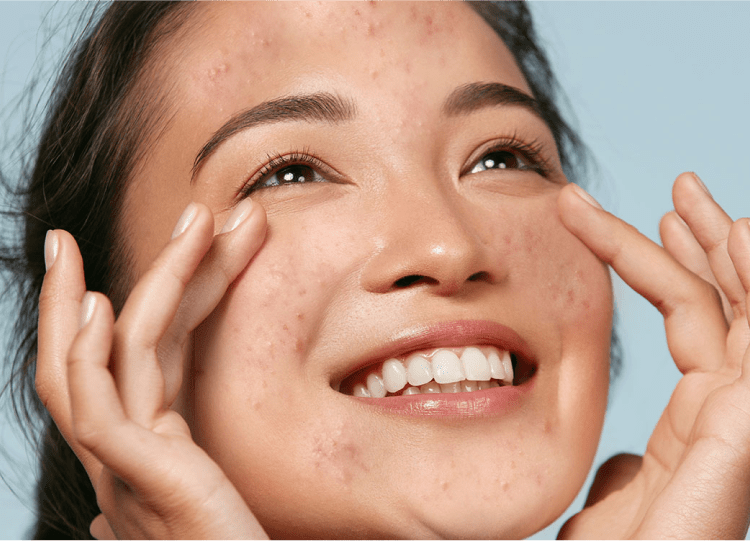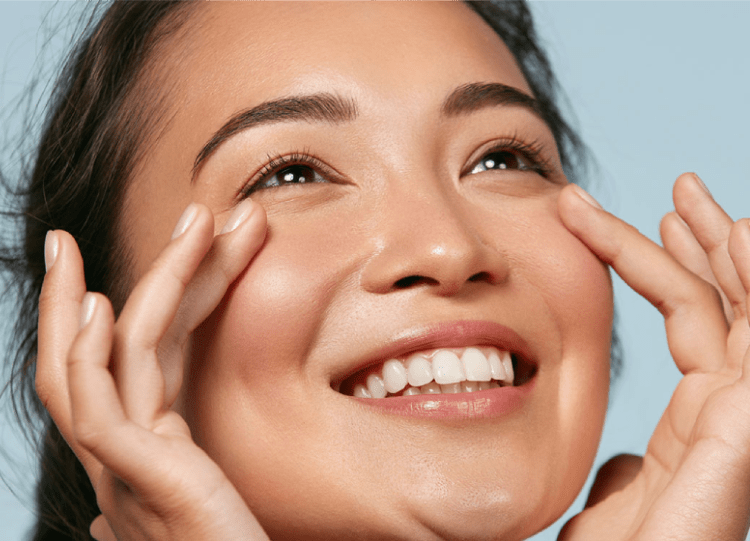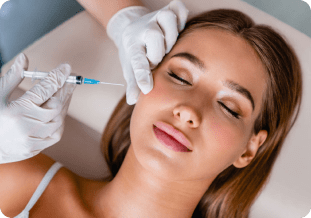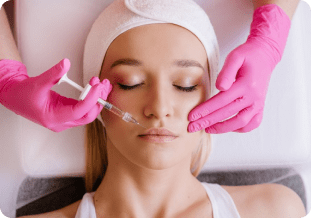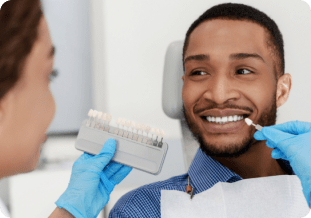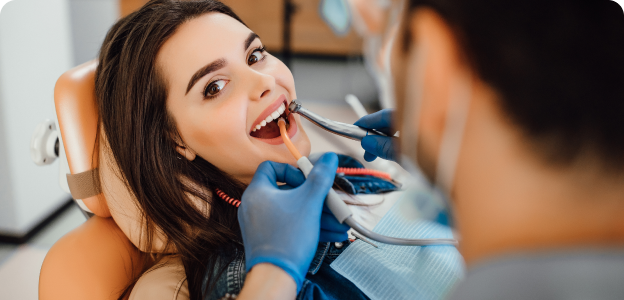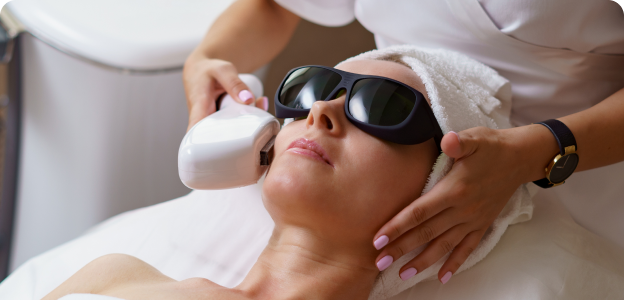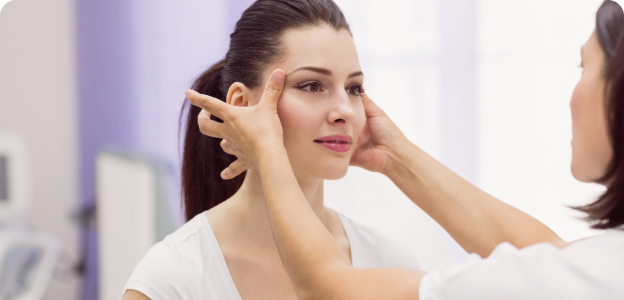What is Laser Resurfacing and how does it work?
The term LASER originated as an acronym for Light Amplification by Stimulated Emission of Radiation. In other words a Laser is a device that emits a high energy beam of light of any spectrum (visible, infra-red, UV etc). The use of lasers for medical procedures developed in the 1960s as cutting tools but since then has developed a wide range of uses from skin treatments & hair removal to vision correction.
Skin Resurfacing Lasers are known technically as “selective photothermolysis” lasers. This is due to the fact that they have been designed to “selectively” target the skin by using light (photo) to damage the skin through heat (thermolysis). The light heats the water held within the skin causing the water and tissue to turn to vapour.
There are 2 types of Skin Resurfacing Laser:
Ablative Lasers
Ablative Lasers use this method of vapourising the water and tissue to remove the outermost layers of skin in a precise and controlled manner. The skin will heal over a period of time, resulting in the production if new layers of collagen. Once healed there will be a vast improvement in the appearance of the skin with a reduction in pigment from sun damage, lines and wrinkles. There are 2 main types of ablative laser – carbon dioxide and erbium:YAG.
Non-Ablative Lasers
Non-Ablative Lasers have a lower energy level than their ablative counterpart and aim to cause damage within the dermal part of the skin leaving the outer layers intact. This reduces the recovery time post-operatively but gives a more conservative result in terms of the improvement of lines and wrinkles. The types of non-ablative laser used in practice are more commonly Intense Pulsed Light, Light Emitting Diode and Light Heat Energy.
What is Fractionated Laser Resurfacing?
This is the adapted use of the conventional Ablative Laser resulting in “Fractional Photothermolysis”. Instead of targeting the whole top layer of skin the fractionated Laser targets smaller spaced areas leaving undamaged skin in between. This causes a much reduced amount of damage allowing the skin to heal much quicker than if the area was fully ablated. Though this technique can be applied to a non-ablative laser again its efficacy is far inferior to the fractionated ablative laser.
What type of Laser Resurfacing do you offer?
We offer Fractionated CO2 Laser Resurfacing or Fractionated CO2 Ablative Photothermolysis treatment.
What can Laser Resurfacing be used to treat?
Primarily it rejuvenates by promoting the skin to increase its cellular turnover and lay down new collagen. It is mainly used to reduces and remove fine lines, refine the texture of scarred and pitted skin, reduce age spots & blemishes and help to repair sun damage on the face, neck, shoulders and hands.
What Our Customers are saying
Treatments
Lorem ipsum dolor sit amet, consectetur adipiscing elit. Donec in efficitur urna. Sed ornare, arcu eget volutpat luctus, erat felis consectetur massa, viverra ultrices felis metus in ligula
Latest News
Lorem ipsum dolor sit amet, consectetur adipiscing elit. Donec in efficitur urna. Sed ornare, arcu eget volutpat luctus, erat felis consectetur massa, viverra ultrices felis metus in ligula
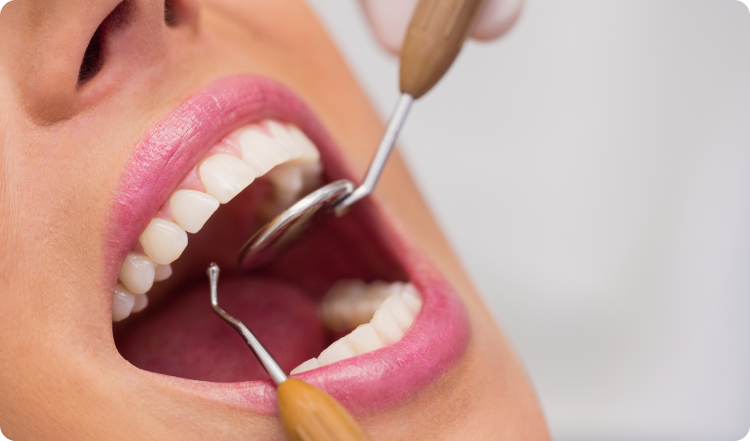
- Dentistry Services (Cardiff Bay Dental)
Luscious lips and Kylie Jenner, lets find out more about trends in Manchester
More and more women are opting for more luscious lips and ITV starting their new ITVBe channel providing insights into lives involving cosmetic treatment use, we have managed to catch up with Dr Vik at Dermaskin Manchester to ask what he thinks about the increase in use
View More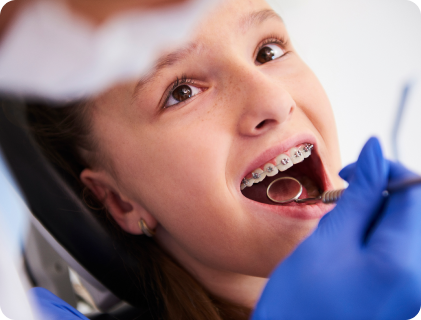
- Dentistry Services (Cardiff Bay Dental)
Perfect Smiles All Around With Powerprox Braces at Dermaskin Cardiff
Powerprox Is a clear brace that is designed to move the front 6-8 teeth to give you that beautiful smile you have been dreaming of.
View More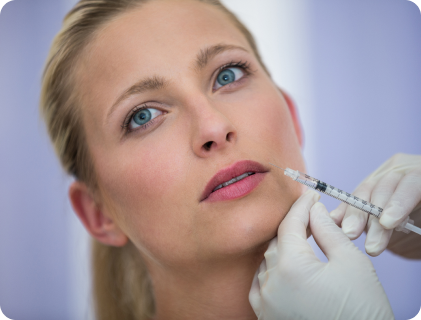
- Botox
Dermaskin Clinic Warns Against Rogue Botox Practitioners
DermaSkin Clinic’s Dr. Sid Gautam, a leading cosmetic and Botox provider warns patients to be vigilant against unauthorized traders. Cardiff, March 2009 – “We are trying to make Botox more accessible for
View More